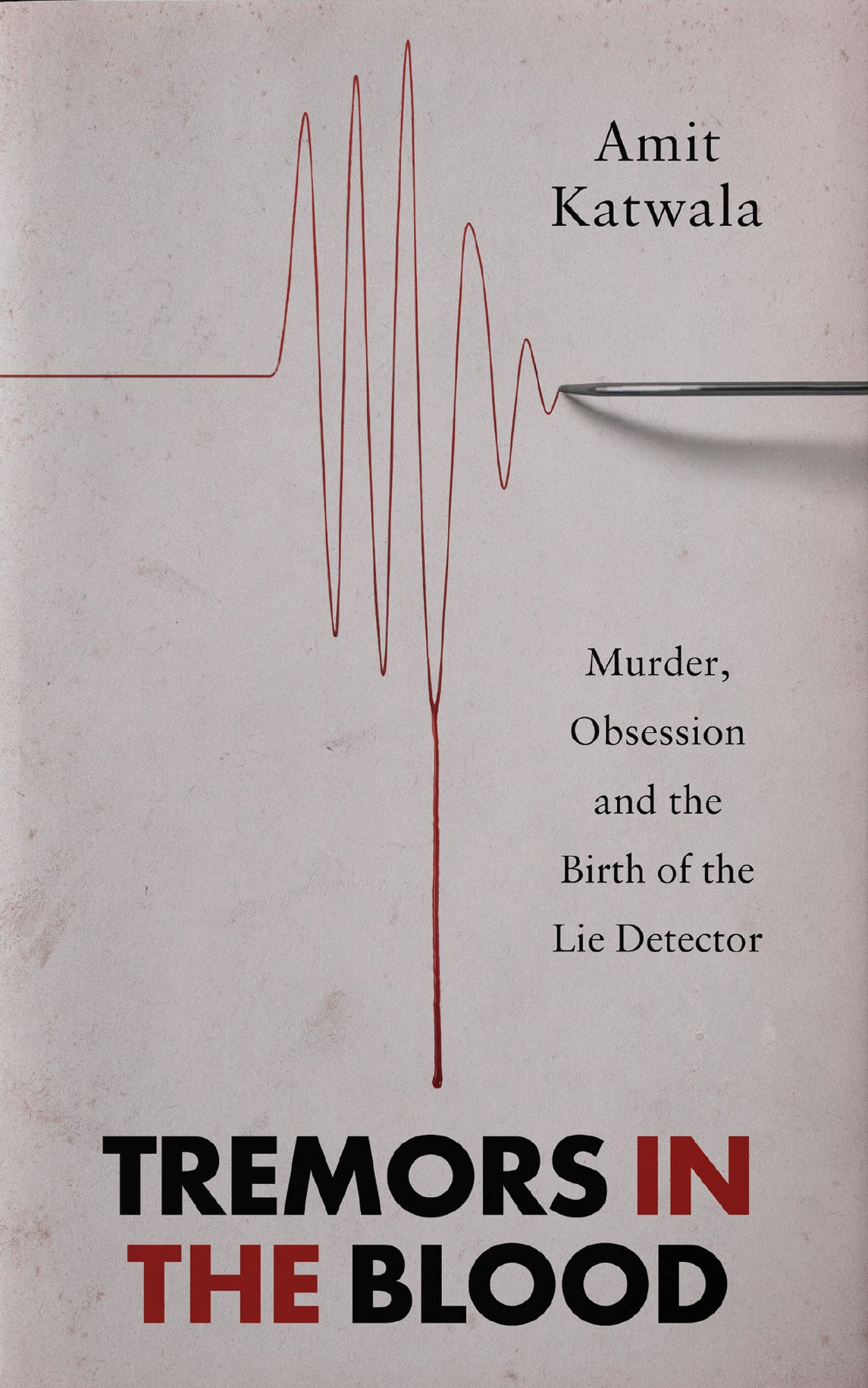You’ve seen polygraph tests a thousand times on crime dramas and daytime TV: a stubborn suspect gets hooked to the machine and their darkest secrets come spilling out, etched forever onto a roll of paper. Its results are often presented as fact, as black and white, but the truth about the lie detector is much more complex.
The machine was invented in Berkeley, California in the early 1920s by a rookie police officer called John Larson. He was a physiologist by training, and he wanted his machine to offer a more humane alternative to the ‘third degree’ – the brutal beatings that police would dole out to suspects to get information out of them.
At first, he had great success solving thefts at college dorms and some high-profile murder cases. But when the lie detector failed to find the truth in the 1922 case of Henry Wilkens, a San Francisco mechanic accused of plotting his wife’s murder, there were deadly consequences that shook Larson’s faith in his invention. Instead of ending the third degree, Larson had inadvertently created a tool of psychological torture, that he ended up viewing as a “Frankenstein’s monster”.
He spent the rest of his life trying to undo the damage.
The polygraph measures pulse, breathing rate and sweat, and it is supposed to work by comparing a suspect’s bodily response to control questions (“Did you have breakfast today?”) with their response to questions about the crime (“Did you steal the watch?”). In theory, someone who is lying will be more stressed than someone who is telling the truth, and that stress will increase as they lie about their crime. Polygraph examiners pore over the charts for signs of an increased pulse, or a change in someone’s breathing.
But lying is complicated – people react in different ways, and there’s no single tell-tale sign of lying shown by everyone, all the time – no Pinocchio’s nose. That means, as Larson quickly realised, that there’s no way for a polygraph examiner to tell if someone’s heart is racing because they’re lying, or simply because they’re anxious about being falsely accused.










